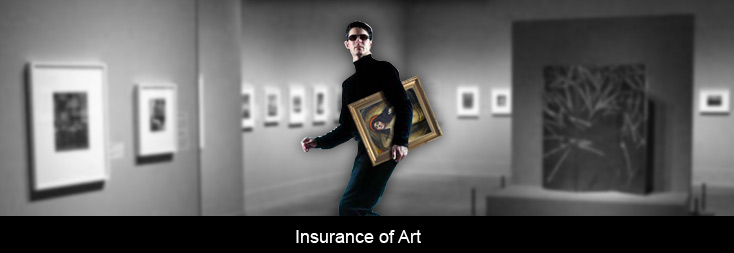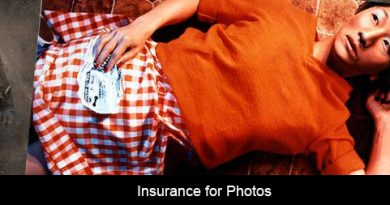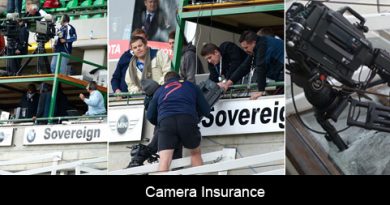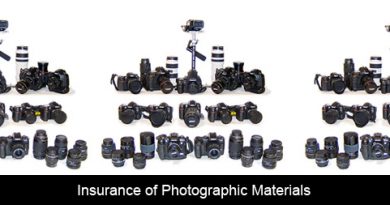I need art insurance but is my art worth insuring?
Earlier this week we referred to the pen-and-ink drawing known as “The Judgment” by the 17th century Dutch artist Rembrandt van Rijn, that vanished on Saturday night from the Ritz-Carlton Marina del Rey. This drawing is valued at $250 000 and was later found in a church.
We all have stuff that is of special value to us. For some it is a painting or a sculpture and for others it might be some antique weapon or other ornament. We might have received this from a special person or it might have been in our family for hundreds of years. The question however remains – is it of special value to more than ourselves, what is the true value of it and how can we insure it from loss or damage?
Finding the value of works of fine art
Every insurable interest or object must have some value – and this value must be appraised. Sometimes this is easy and can be easily proved with:
– A purchase agreement.
– Bill of sale
– An invoice
Insurance with these documents at hand is easy and rather straightforward. The value is locked in easily and the insurance premium calculated. But what if the work of art was not recently purchased; the artist or creator is unknown and the perception of the value differs….?

Assessing the value and deciding on art insurance
How do we assess the value of the work of art and which questions do we need to ask the experts? I have come across a very insightful post by Mila Araujo and would like to quote
“Here is a sample list of some of the factors an evaluator will look at to determine value, for example, in a fine art item:
– Have any of the items by a similar artist or creator already been sold? If so, to whom?
– Are they sold to a personal circle, on a provincial level, or an international level? At the international level the creator or artist may be registered as known. At the provincial level, he/she may also be registered, however it is not mandatory. If the artist is registered, this will help establish the artist if applicable.
– If the artist sells outside of his personal circle, then the Galleries that represent him/her would be helpful in determining value.
– Does the artist have an agent? Who else has bought their work?
– Pictures of the artwork, sculptures, etc. could be used to have an idea of worth (after a loss when there is no evaluation) but this is not recommended.
– Size/Dimensions and Materials used in sculptures or art will effect the evaluation.
– If items are not sold outside of a personal circle, then the receipts for materials used in creating the sculptures are often referenced in determining the value, along with an hourly rate.”
When considering insurance for your art it is always best to approach the experts. We would like to advise that you have an evaluation done on your whole art portfolio by more than one qualified and credible assessor / evaluator.
This will allow you and those to whom the work of art might be bequeathed to insure at the correct value, and you will be able to receive a fair payment in the unfortunate event of loss or damage.
We would like to refer art owners to a few posts on Art Insurance:
Is your art insured against pothole damage during transport?
What are the most important questions to ask when insuring art?
Artists at KKNK are aware of the need to insure fine art!





